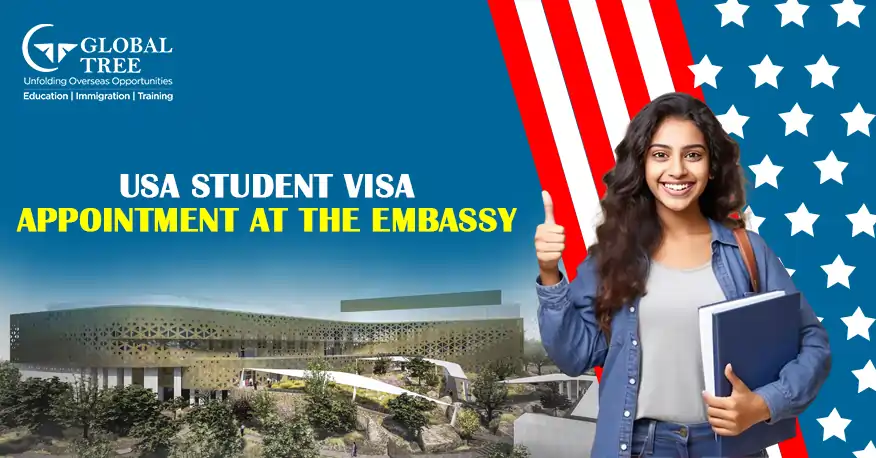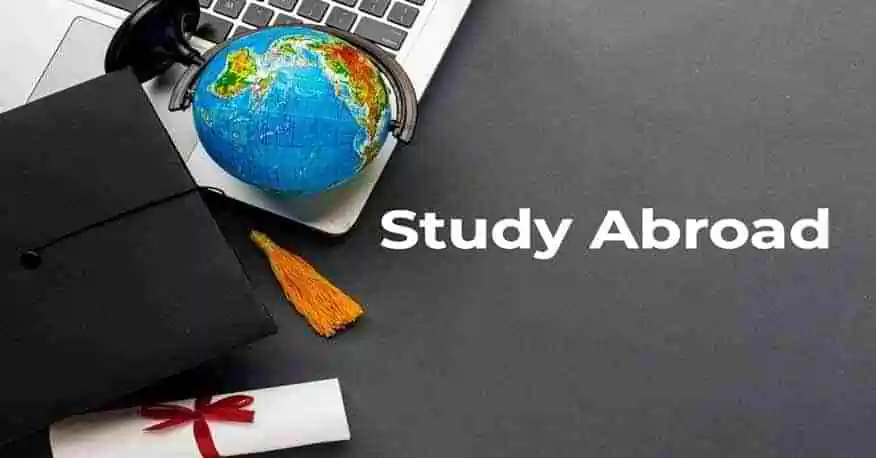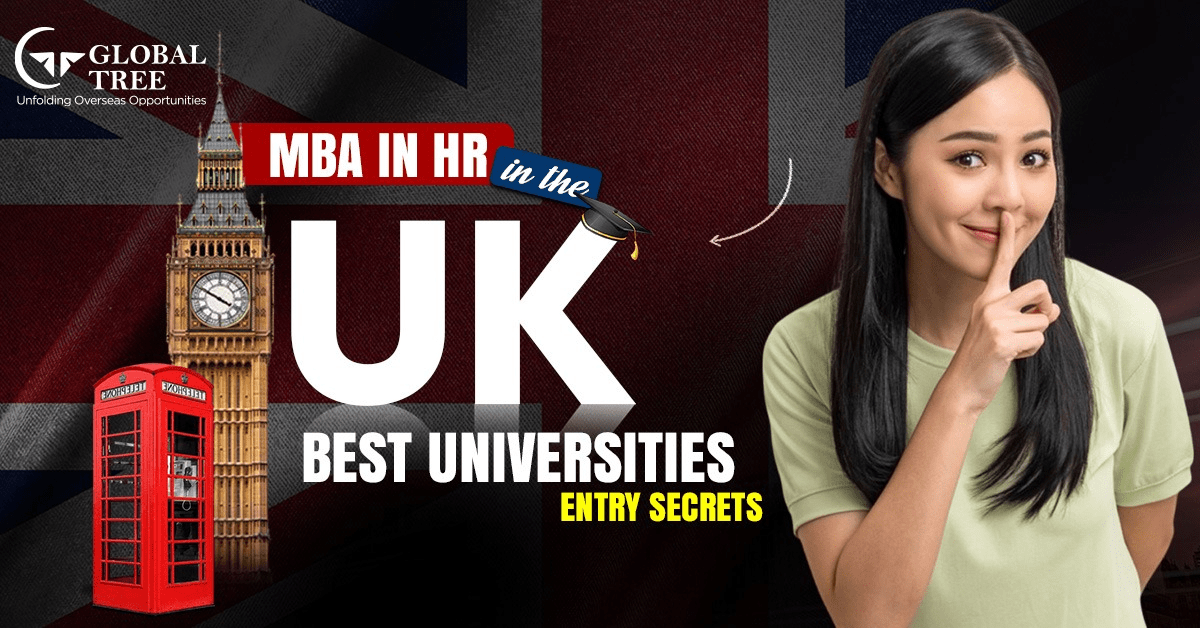How to Get a US Student Visa Appointment at the Embassy?

Introduction
Studying in the United States is a dream for many international students.
Many individuals, much like yourself, share a common aspiration - to study abroad.
The diverse range of universities, high-quality education, and vibrant culture make the US a popular destination for students from around the world.
However, before you can embark on your academic journey in the US, you'll need to obtain a US student visa. One crucial step in this process is securing a visa appointment at the US embassy or consulate in your home country.
In this comprehensive guide, we will walk you through the steps to successfully get a US student visa appointment.
Dreaming is the first step, but turning those dreams into reality requires dedicated effort and unwavering diligence.
Understanding the US Student Visa
Before diving into the appointment process, it's important to have a clear understanding of the US student visa, also known as the F-1 Visa Application process.
The F-1 visa is a non-immigrant visa that allows international students to study in the United States at accredited educational institutions. Here are some key points to know about the F-1 visa application:
Eligibility Criteria:
To qualify for an F-1 visa, you must meet certain eligibility criteria for USA Student Visa, including:
- Acceptance into a US institution: You must have an acceptance letter from a US educational institution that is SEVP (Student and Exchange Visitor Program) certified.
- Sufficient funds: You must demonstrate that you have enough financial resources to cover your tuition, living expenses, and other related costs during your stay in the US.
- Intent to return: You must demonstrate strong ties to your home country and show that you intend to return home after completing your studies.
Visa Duration
The F-1 visa allows you to stay in the United States for the duration of your academic program, plus an additional 60 days after completion.
This period is typically referred to as Optional Practical Training (OPT), during which you can work in your field of study.
Visa Restrictions
While on an F-1 visa, you are expected to maintain full-time student status, which usually means taking a minimum number of credit hours per semester.
You are also restricted from working off-campus without proper authorization, and you must report any changes in your academic status or address to the designated school official (DSO) at your institution. After you get a proper work status and visa, you get try to apply to Top USA jobs for Indians or simply get an internship while you decide your next move.
Now that you have a basic understanding of the F-1 visa, let's move on to the steps for securing a US student visa appointment.
Preparing Your Application
Before you can schedule a visa appointment, you'll need to complete the necessary application forms and gather the required documents. Here's what you need to do:
1. Form DS-160
The first step is to fill out Form DS-160, the Online Nonimmigrant Visa Application. This form collects your personal information and details about your intended stay in the US.
You can complete this form online through the Consular Electronic Application Center (CEAC) website. Make sure to save the DS-160 confirmation barcode number, as you will need it later in the process.
2. Pay the Visa Application Fee
You'll be required to pay a non-refundable visa application fee before scheduling your appointment.
The fee amount can vary depending on your country and visa category. You can find the fee information on the website of the US embassy or consulate in your home country. Keep the receipt as proof of payment.
3. Create a Profile on the US Visa Information and Appointment Services Website
Visit the US Visa Information and Appointment Services website for your country and create a profile. This will allow you to access the appointment scheduling system.
You'll need to provide your DS-160 confirmation barcode number and the receipt number from your visa application fee payment.
4. Complete the SEVIS I-901 Fee Payment
Before your visa interview, you'll need to pay the SEVIS (Student and Exchange Visitor Information System) I-901 fee. .
This fee is required for all F-1 visa applicants and helps fund the maintenance of SEVIS. You can pay the fee online through the SEVP website and keep the receipt as proof.
5. US Student Visa Document Checklist
To prepare for your visa interview, you'll need to gather a set of required documents, including:
- Your passport with a validity date at least six months beyond your intended date of arrival in the US.
- Form DS-160 confirmation page.
- Visa application fee receipt.
- SEVIS I-901 fee receipt.
- Form I-20 Certificate of Eligibility for Nonimmigrant Student Status, issued by your US school.
- Letter of acceptance from your US educational institution.
- Passport-size photographs meeting the US visa photo requirements.
- Proof of financial support, such as bank statements or affidavits of support.
- Academic transcripts and diplomas from previous schools.
- Standardized test scores (e.g., TOEFL, SAT, GRE) if required by your institution.
- Any other documents requested by the US embassy or consulate.
6. Pay the Visa Issuance Fee (if applicable)
Some countries require an additional visa issuance fee, which is different from the visa application fee. Check the US embassy or consulate website for your country to see if this fee applies to you.
Scheduling Your Visa Appointment
Once you have completed the necessary forms and gathered the required documents, you can proceed to schedule your visa interview at the US embassy for appointment. Here are the steps to follow:
1. Visit the US Visa Information and Appointment Services Website
Log in to your profile on the US Visa Information and Appointment Services website for your country.
2. Complete the Visa Application Form (DS-160)
Make sure you have your DS-160 confirmation barcode number and visa application fee receipt handy. You'll be asked to enter this information during the appointment scheduling process.
3. Schedule the Visa Appointment
Follow the prompts on the website to schedule your visa appointment. You will need to choose the US embassy or consulate where you wish to have your interview.
It's essential to select a location that is convenient for you and allows sufficient time for visa processing before your intended departure date.
4. Pay the Visa Issuance Fee (if applicable)
If your country requires a visa issuance fee, you'll be prompted to pay it during the appointment scheduling process. Ensure that you have a valid method of payment.
5. Print the Appointment Confirmation
After successfully scheduling your appointment, print the appointment confirmation page. This page will contain important details, including the date, time, and location of your visa interview.
6. Complete the Medical Examination (if required)
In some cases, you may be required to undergo a medical examination by an approved panel physician. Check the US embassy or consulate website to see if this applies to you and schedule the examination accordingly.
Preparing for the US Student Visa Interview
The US student visa interview is a crucial step in the process, and preparation is key to success. here are some tips to help you get ready for your interview:
1. Understand US student Visa Interview Questions
Consular officers typically ask questions about your study plans, financial status, and ties to your home country. Here are some common questions you might encounter:
- Why do you want to study in the United States?
- Why did you choose this specific university?
- How will you finance your education and living expenses in the US?
- What are your long-term career goals?
- Do you have any family or close relatives in the US?
- How do you plan to return to your home country after completing your studies?
Practice answering these questions with a trusted friend or mentor to boost your confidence.
2. Dress Professionally
First impressions matter. Dress in professional attire for your US student visa interview. This demonstrates your seriousness and respect for the process.
3. Be Punctual
Arrive at the embassy or consulate well ahead of your scheduled appointment time. Delays can occur due to security checks, so it's essential to allow extra time.
The US Student Visa Interview
The day of your visa interview has arrived. Here's what to expect and how to handle the interview:
1. Arrival at the Embassy or Consulate
As you arrive at the embassy or consulate, be prepared to go through security checks. Make sure to carry only essential documents and belongings. Electronics like mobile phones may need to be turned off or surrendered during the interview process.
2. Waiting Area
You will be directed to a waiting area where you'll wait for your turn. Use this time to calm your nerves and review your documents and interview responses.
3. US Embassy interview
When your name is called, proceed to the interview window. The consular officer will review your documents and ask you questions. Answer confidently and honestly. Start with a crisp self-introduction. These simple tips for Self- introduction will help you gather confidence.
If the officer approves your visa, they will provide instructions on how to collect your passport with the visa stamp. If your visa is denied, ask for a clear reason and consider your options for reapplying.
4. Administrative Processing (if necessary)
In some cases, the consular officer may require additional administrative processing, which can delay your visa approval. If this happens, be patient and follow any instructions provided by the officer.
5. Visa Approval and Next Steps
If your visa is approved, congratulations! You will receive your passport with the visa stamp in a few days, depending on the processing times in your country. Now, it's time to prepare for your journey to the United States.
Post-Visa Approval Steps
After successfully obtaining your US student visa, a series of crucial post-approval steps awaits you.
1. SEVIS Fee Payment (if not already paid)
After your visa is approved, do the SEVIS fee payment, if you haven't done so already. This fee is required for all F-1 visa holders and helps maintain the SEVIS system. Keep the receipt as you will need it when entering the US.
2. Plan Your Arrival
Coordinate your arrival in the United States with your school's orientation and start date. Ensure you have temporary accommodation upon arrival and arrange transportation from the airport to your destination.
3. Pack Essentials
Pack essential items such as clothing, personal documents, academic transcripts, and any medications you may need. Familiarize yourself with what to pack for your journey to the US.
4. Attend the Pre-Departure Orientation
Many universities offer pre-departure orientations for international students. Attend these sessions to learn about life in the US, academic expectations, and immigration requirements.
5. Visa Stamp vs. Status
Remember that the visa stamp in your passport allows you to enter the United States. Your status in the US is determined by the Form I-20 and the I-94 Arrival/Departure Record issued by Customs and Border Protection (CBP) at the port of entry. Keep these documents safe during your stay in the US.
Conclusion
Securing a US student visa appointment at the embassy is a crucial step on your journey to studying in the United States. While the process can seem complex and daunting, careful preparation and adherence to the steps outlined in this article can increase your chances of success.
Remember that each individual's visa journey may vary based on their home country and specific circumstances. It's essential to stay informed by regularly checking the website of the US embassy or consulate in your country for the most up-to-date information and requirements.
By following the steps outlined in this article, you'll be well-prepared to navigate the US student visa application process and take the first step toward achieving your academic and career goals in the United States. Embrace this opportunity, and good luck with your studies in the USA!
FAQs
- Can I schedule a visa appointment before receiving the I-20 form from my U.S. school?
- No, you generally need the I-20 form issued by your U.S. school before scheduling a visa appointment. The information on the I-20, including your program start date, is crucial for the visa application process.
- How early should I schedule my visa appointment before my program start date?
- It is advisable to schedule your visa appointment as early as possible, ideally a few months before your program's start date. Visa processing times can vary, and it's crucial to allow enough time for any potential delays.
- How long does the visa application process take, and when will I know if I'm approved?
- The processing time can vary based on your home country and individual circumstances. After attending the visa interview, you will receive a decision on the spot in most cases. However, administrative processing may be required for some applicants, which can take additional time.
- What should I expect during the visa interview?
- During the interview, you'll be asked questions about your intended course of study, your ties to your home country, and your ability to finance your education in the USA. Be prepared to provide clear and truthful answers.
- Can I reschedule or cancel my visa appointment if needed?
- Yes, you can often reschedule or cancel your visa appointment if necessary. Visit the embassy or consulate's website where you scheduled your appointment for instructions on how to do so.
- What happens after I'm approved for the student visa?
- Once your visa is approved, you will receive your passport with the visa stamp. You can then make travel arrangements to the USA. Remember to enter the USA no earlier than 30 days before your program start date as indicated on your I-20.
Please note that the visa application process can vary slightly depending on the U.S. embassy or consulate and your specific circumstances, so it's essential to follow the instructions provided by the embassy or consulate where you plan to apply.





